Visited by BMW Club Oxford Section during Ypres trip.
Author Steven Moxey
The battle of Passchendaele, or third Ypres, in 1917 was one of the most terrible battles of the First World War. The British were concerned to breakthrough to the channel ports to disrupt German submarines, which threatened convoys across the Atlantic. Although the Allied offensive started well in July, following the detonation of the mines at Messines Ridge in June, by August the heaviest rains in 30 years turned the whole area into mud. The offensive finally came to an end in November 1917 when the Allies captured the remains of the village of Passchendaele – a ridge to overlook the German lines. The cost in lives on both sides was enormous: 275,000 casualties for the Allies and 260,000 for the Germans; terrible though these figures are it is worth remembering that 90% of the soldiers came back from the war.
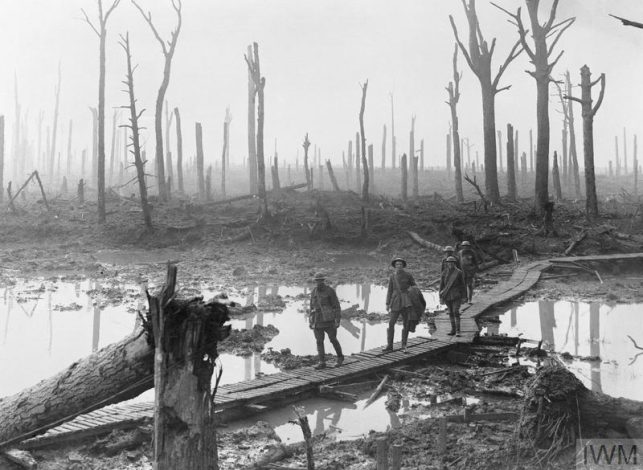
Passchendaele Mud and Destruction in 1917
My great-grandfather fought at Passchedaele in the 2nd Battalion of the Hampshire regiment. He survived the battle but was then killed in the German Spring offensive in April 1918 at Ploegsteert. It is very hard to imagine what it must have been like to be in the trenches at Passchendaele in 1917 as Zonnebeke and the museum are so neat and tidy today; you have to remind yourself that the whole terrain was a muddy morass in 1917 – everything we see today has been reconstructed. Reading the regimental war diaries you find that the troops spent short stays in the front line and then were resting or training behind the lines, at Poperinge, in my great-grandfather’s case, so that makes it seem a bit better.
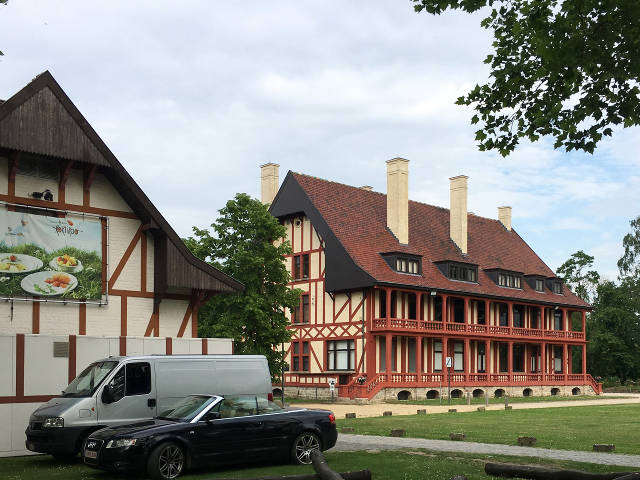
Passchendaele Museum in 2017
For me the highlight of the museum was a chance to explore the deep dugout, which was constructed by the British to shelter from shellfire, 80% of casualties in the First World War were from artillery fire. The structure is a replica of a real dugout that was discovered below the church in Zonnebeke and gives you a feel for what it must have been like (without the actual shelling fortunately).
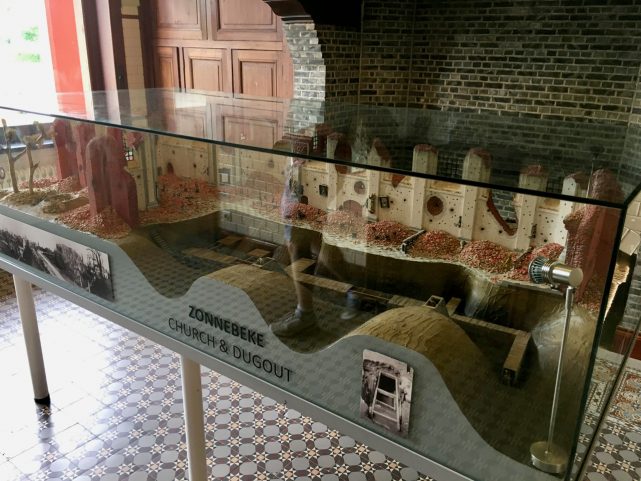
Model of Zonnebeke Church and Deep Dugout
The museum has an interesting map of the battle, which shows how the troops were advancing to capture the high point at Passchendaele. There is also a good exhibition of the different types of trench construction used, which shows how much the First World War was the first industrial conflict: the Allies had plenty of materials and were able to mass produce pre-fabricated trench shelters, whereas the Germans were reduced to salvaging materials and building by hand.
If you get a chance to visit the museum, it’s well worth the effort. There is a nice outside bar near the museum house for refreshments, where you can try and imagine what it must have been like to be here in 1917, over a cold beer or ice-cream!
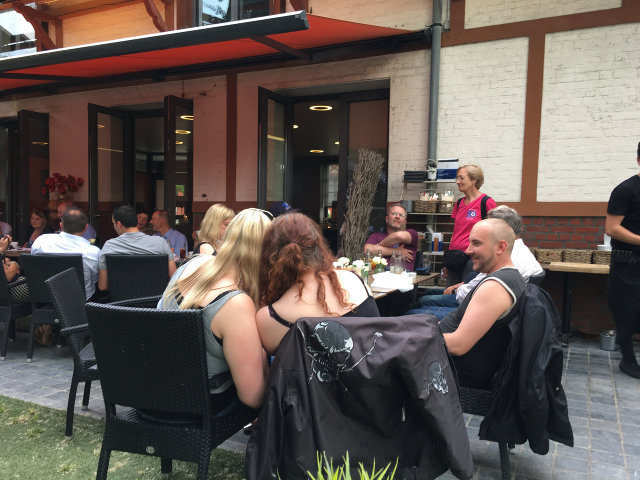
Relaxing at the Museum Café!


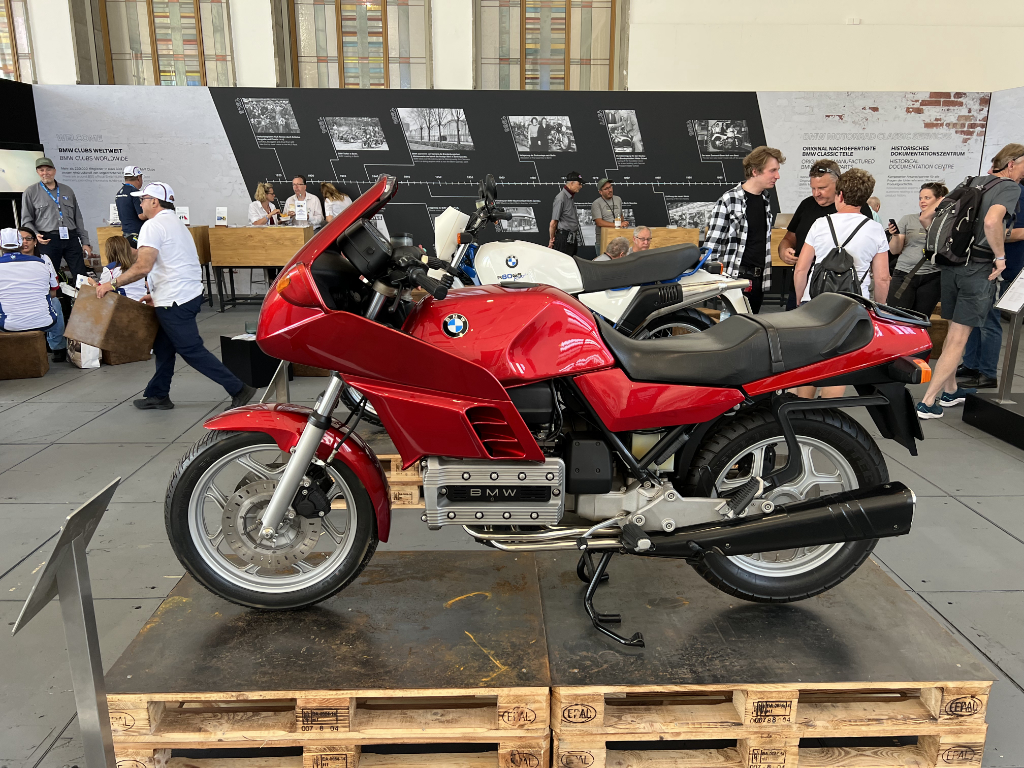
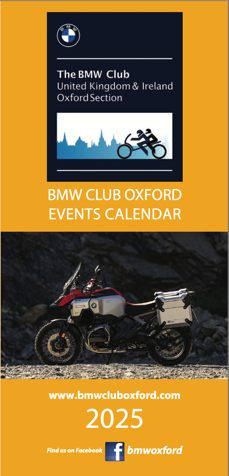
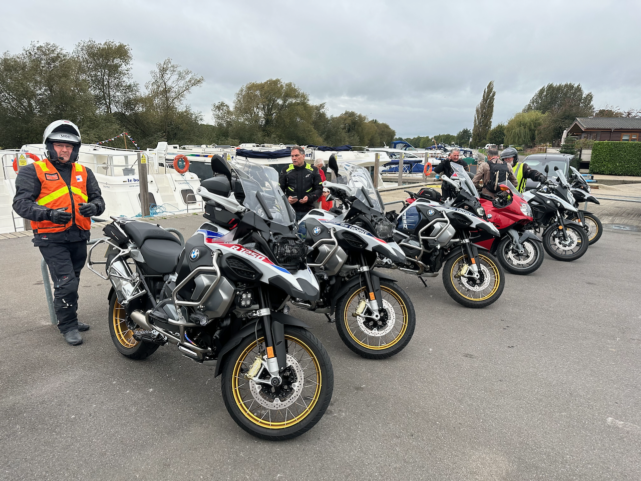
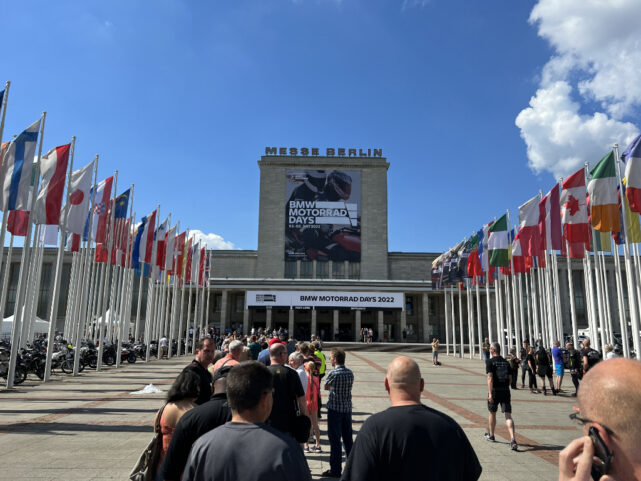


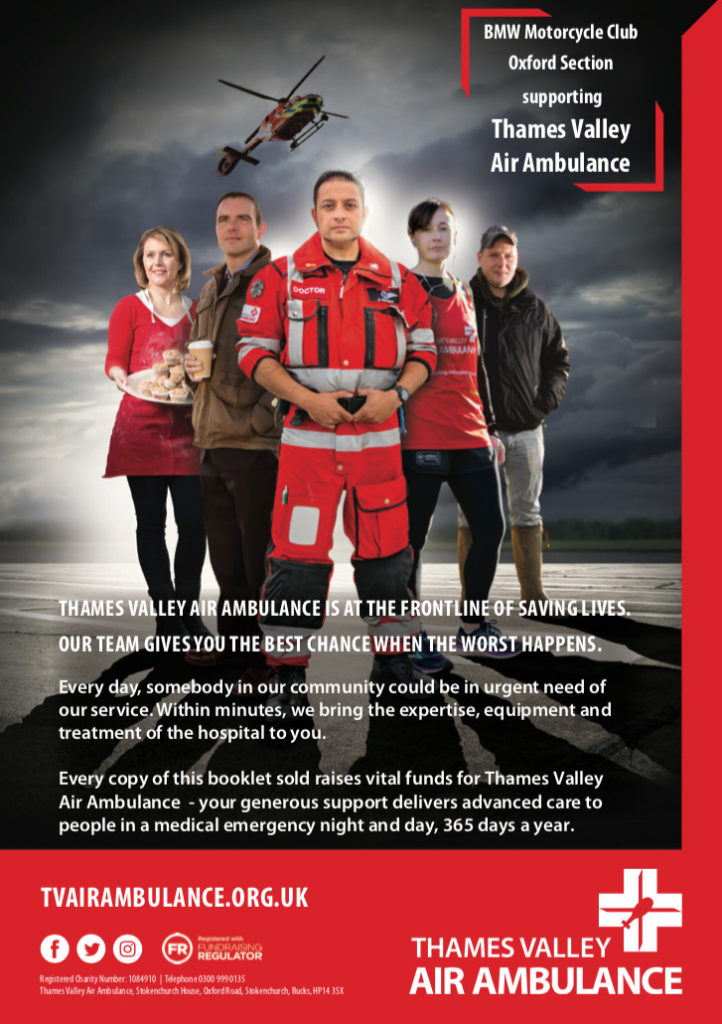
You must be logged in to post a comment.